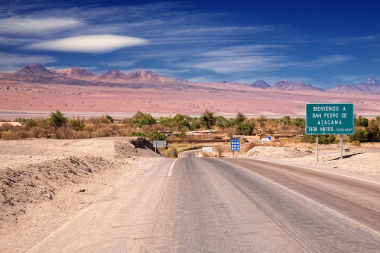During recent excavations in the Turkish province of Kutahya, in the heart of Western Anatolia, Turkey, archaeologists made a remarkable discovery.
Nothing less than preserved human brain and skin remains from two individuals dating back to the Bronze Age, approximately 3,700 years old, were found.
see more
The 10 WEIRDEST archaeological discoveries of all time
Man is bitten by stray cat and contracts unknown bacteria in…
This surprising discovery was made in archaeological site of Tavsanli Hoyuk, a 45-hectare area that is revealing itself as a window into the region's ancient past.
Inside the discovery

(Photo: Kutahya Tavşanlı Hoyuk Kazısı resmi hesabı/disclosure)
The excavation team, consisting of 25 local and foreign experts, is conducting the investigations in cooperation with the Ministry of Culture and Tourism and Bilecik Seyh Edebali University.
Professor Erkan Fidan, who leads the team, highlighted the importance of this site, which lies on the transition route between Western Anatolia and Central Anatolia.
According to experts involved in the excavations, they are crucial for understanding interregional communications during the Bronze Age.
In this sense, Professor Fidan emphasized that this discovery is unique due to the presence of charred human skin, something never before found in archaeological periods in Turkey.
Furthermore, brain remains are extremely rare in archaeological excavations in the country, having been identified only four or five times in the past.
Assumptions
The great historical value of this discovery lies in the possibility of shedding light on the life and culture of the region's inhabitants for millennia.
Archaeologists believe that Tavsanli Hoyuk was the capital of the region during the Bronze Age. However, a dramatic turnaround in its history occurred around 1700 BC. W.
Around this time, the city appears to have been the target of a large-scale attack, resulting in the city being burned to the ground. This historic event offers a fascinating insight into the tensions and conflicts occurring in the region at that time.
Furthermore, this is the first time that charred human skin has been found in an archaeological excavation in Turkey, making it a milestone in the country's archaeological research.
It is important to highlight that excavations at Tavsanli Hoyuk continue, and archaeologists are eager to uncover more secrets buried beneath the layers of history of this ancient city.


